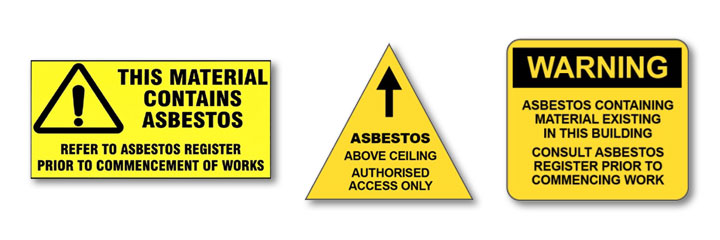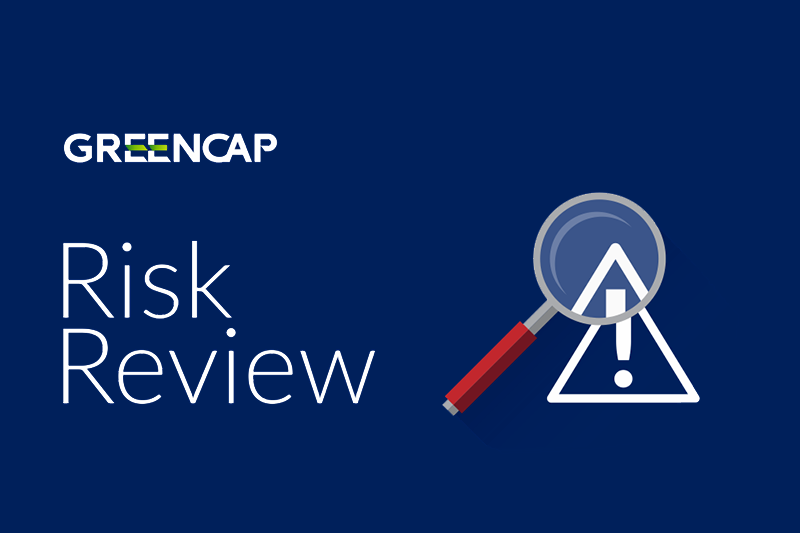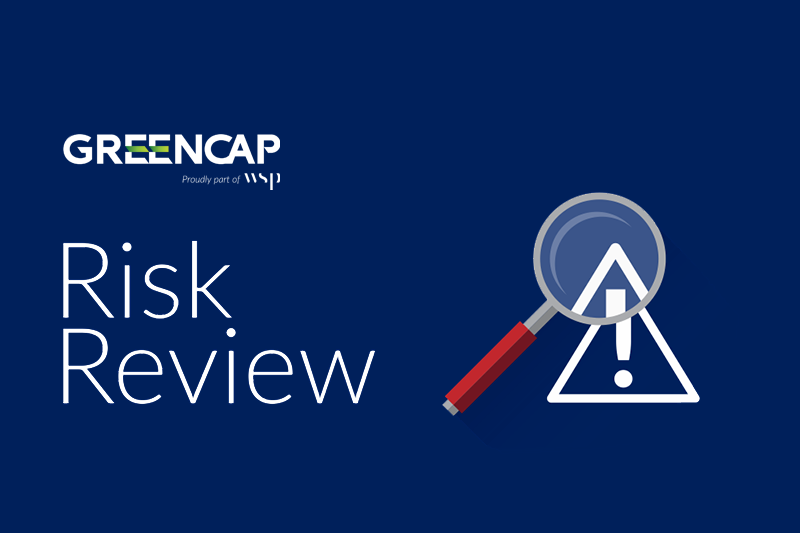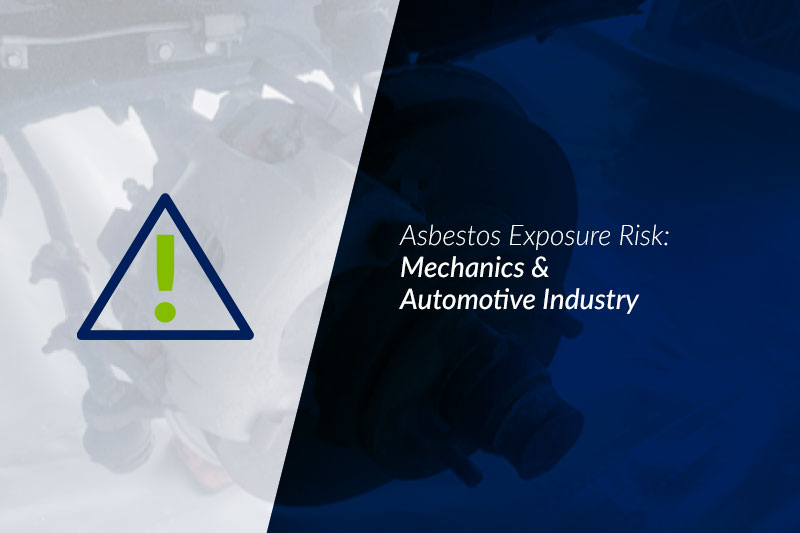News & Insights
Closing the Gaps – Preventing Asbestos Exposure in Construction
From the 1880s, asbestos was widely mined, manufactured, and installed across Australia. By 1954, Australia was number four in the western world in gross consumption of asbestos cement products, after the USA, UK, and France. Throughout this time, Asbestos was used in over 3,000 commonly manufactured products nationally with the industry simply accepting dust exposure as a normal occupational hazard.
Exposure to dust in the workplace, particularly asbestos and silica, is thankfully no longer acceptable, and regulations now enforce that steps must be taken to reduce or eliminate exposure to such hazards as far as reasonably practical.
Likelihood of asbestos presence by asset age
- It is highly likely that a building constructed or refurbished prior to the 1980’s, contain some form of asbestos containing materials (ACMs) both friable and non-friable asbestos
- The use of non-friable ACM in buildings was gradually phased out between 1980 and 1990, therefore buildings constructed during this time are likely to contain ACM
- Buildings constructed after 1990 are generally unlikely to contain ACM, but it cannot be ruled out completely on age of construction alone
In recent times there have been several cases of ACM imported into Australia and unknowingly installed into workplaces such as:
- In July 2016 the Brisbane Tower, a government building commissioned in 2012, was found with asbestos contaminated metal skirting (ABC Article)
- Just days after the Brisbane Tower incident, the $1.2 billion Perth Children’s Hospital was found to have asbestos within the roof panels (ABC Article)
- A month later, in August 2016, asbestos was identified within the plaster coating of the heat exchanger tubes of the new acid plant vessels (ABC Article)
- In more recent times, three newly commissioned Sydney Harbour ferries have been confirmed to contain asbestos gaskets (Newcastle Herald Article)
The purpose of this risk review is to highlight the keys steps in managing asbestos during the planning and delivery phase of refurbishment and demolition projects. Proactive asbestos management will greatly assist in protecting workers from exposure to asbestos.
Asbestos Identification
The first step on-site in managing the risk of asbestos in a building is identification. A Person Conducting a Business or Undertaking (PCBU) or a person with management or control of a workplace must ensure that asbestos is identified by a competent person. All buildings constructed prior to 31 December 2003 must have an asbestos register (Victoria and Western Australia do not have a cut-off date) unless asbestos is likely to be present from time to time. To identify ACM, it is important to engage a competent person to conduct a survey of the building or structure.
For all types of asbestos sampling, surveys and audits, samples must be submitted and analysed by one of the following:
- A NATA-accredited laboratory accredited for the relevant test method
- A laboratory approved by the regulator
- A laboratory operated by the regulator
Management (Div 5) Surveys
A management (or Div 5 in Victoria) survey is generally conducted when a building is occupied. It is a visual inspection of readily accessible areas and is non-destructive. Sampling of suspected ACM is conducted in representative, discreet locations. There are, however, inherent limitations to this type of survey and it would not be considered adequate for demolition or refurbishment purposes.
Pre-demolition / Refurbishment (Div 6) Surveys
Prior to demolition or refurbishment, the site's asbestos register must be reviewed and updated. The aim of a pre-demolition or intrusive (Div 6 in Victoria) audit is to investigate areas of a building or structure that would not normally be accessible, apart from during demolition or refurbishment.
This includes but is not limited to:
- Service risers
- Subfloor areas
- Above fixed ceilings
- Inside wall cavities
- Lift shafts
- Height restricted areas
- Electrical switchboards
- Plant and pipework insulation
The building or work area should be unoccupied, and services isolated to allow for the intrusive investigations to be safely undertaken. This may also require the engagement of several specialist trades such as demolition contractors, licenced asbestos removal contractors, lift technicians or electricians to assist in providing safe access. Pre-demolition / refurbishment surveys should be targeted to the specific scope of works if the scope is clearly defined.
In all situations and in accordance with WHS/OHS regulations if an area cannot be accessed or inspected, it must be assumed to contain ACM on reasonable grounds.
A critical step in the identification process is the labelling of identified or assumed ACM.

It is important that all confirmed or suspected ACM is labelled to prevent accidental disturbance during maintenance, refurbishment or demolition.
Consultation
Simply having an asbestos survey (either management (Div 5) or pre-demolition (Div 6) conducted is not enough to protect workers. The information obtained in the register must be shared with the appropriate personnel. In accordance with harmonised WHS and OHS regulations the asbestos register must be readily accessible to any PCBU or worker that has carried out, carries out or intends to carry out work at a workplace. It is the responsibility of the person with management and control of a workplace to ensure the register is available and included in the site induction process and understood.
The information obtained during a comprehensive pre-demolition audit should be included in the site induction and if asbestos is identified or assumed to be present, site specific tool box sessions should be held to review the site conditions with regard to asbestos risk.
A walk through of the site should be conducted with the trades, site manager and the competent person that has conducted the survey prior to commencement of works. This will enable a thorough review and understanding of any potential limitations and ensure the findings of the survey are clearly communicated. This will assist the PCBU in planning how any gaps and uncertainties can be closed out and to identify and manage access to these areas.
If it has not been possible to access certain areas during the pre-demolition survey, a walk through with all parties provides the opportunity for such locations to be highlighted and additional controls must be implemented for access.
Asbestos Education
Education plays a crucial role in the prevention of workers exposure to asbestos in construction. Even before site works commence, making sure that all workers have completed appropriate asbestos awareness training is key. There is a duty of care for all employers to ensure workers are provided information, training and instruction for the tasks they undertake. This must include the nature of the risks and control measures associated with the tasks.
In addition, Reg 455 – Duty to train workers about asbestos, in the harmonised WHS regulations states that a PCBU must ensure all workers that may be involved in asbestos removal or, asbestos related works are trained in the identification, safe handling and control measures associated with asbestos and ACM.
Who Requires Asbestos Awareness Training?
WorkSafe ACT has published an extensive list of prescribed occupations that must undertake accredited asbestos awareness training:
Air-conditioning and Refrigeration Mechanic
Architect
Backhoe Operator
Bricklayer and Stonemasons
Builder's Labourer
Building Associate
Building Inspector
Building Insulation Installer
Bulldozer Operator
Cabler (Data and Telecommunication)
Carpenter
Carpenter and Joiner
Civil Engineer
Civil Engineering Technician
Commercial Cleaner
Concreter
Construction Project Manager
Construction Rigger
Drainage, Sewerage and Stormwater Labourer
Drainer
Earth moving Labourer
Earth moving Plant Operator (General)
Electrical Engineer
Electrical Engineering Technician
Electrical or Telecommunications Trades Assistant
Electrician (General)
Electrician (Special Class)
Electronics Engineer
Engineering Manager
Excavator Operator
Fencer
Fibrous Plasterer
Floor Finisher
Gas fitter
Geotechnical Engineer
Glazier
Handyperson
Home Improvement Installer
Interior Decorator
Joiner
Lagger
Landscape Architect
Lift Mechanic
Loader Operator
Locksmith
Mechanical Engineering Technician
Painting Trades Worker
Plumber (General)
Plumber's Assistant
Plumbing Inspector
Project Builder
Roof Plumber
Roof Tiler
Safety Inspector
Scaffolder
Sign Erector
Solid Plasterer
Steel Fixer
Stonemason
Structural Engineer
Structural Steel Erector
Wall and Floor Tiler
Welder (First Class)
As a minimum*, asbestos awareness training should include the following topics:
- What is Asbestos?
- Common types of Asbestos
- Asbestos states – friable and non-friable (Including Examples)
- History of Asbestos and Use
- Cessation of Use
- Importation
- Health risks
- Handling and Control Measures
- Tools and Equipment
- Asbestos containing materials – examples of building products used (non-friable)
- Asbestos containing materials – examples of building products used (friable)
- WHS/OHS Regulations
*In the ACT it is mandatory that all workers complete the 10675NAT Course in Asbestos Awareness
It is extremely important that asbestos awareness training is relevant and includes the identification of typical types of ACM found within buildings.
It is not possible to guarantee all ACM is identified during a management or a pre-demolition survey. Therefore, it is important workers feel empowered to stop works and ask the question if suspect ACM is identified during works. Likewise, it is essential that a process is in place to escalate unexpected finds during maintenance, refurbishment and demolition works.
Asbestos removal must be undertaken by an appropriately licensed asbestos removal contractor. A ‘Class A’ contractor can remove friable and non-friable ACM. A ‘Class B’ licensed removal contractor can remove non-friable ACM. It is important that the licensed asbestos assessor (LAA) or competent person conducting clearance inspections is independent of the licensed removal contractor. This means that the person engaging the asbestos removal works should also engage the LAA or competent person.
The combined steps of identifying ACM, consulting with workers, and educating those involved in all aspects of construction, as outlined in this risk review will provide project teams within the construction industry a robust foundation for asbestos management.
It is essential for all stakeholders to work together to assist in closing the gaps in asbestos risk management and prevent uncontrolled exposure to asbestos.
![]()
Learn in depth about asbestos labelling and signage requirements and more in Greencap's Online Asbestos Awareness Training course
How Greencap Can Assist
Greencap has offices in all mainland states and territories of Australia and has been specialising in the area of asbestos for over 35 years.
![]()
Asbestos Management Plans
Greencap partners with building owners and managers to provide tailored, practical, cost-effective solutions like Asbestos Management Plans to provide security for assets and people.
To ensure that clients receive technical excellence and long-term value, Greencap operates under rigorous internal and externally accredited quality manual systems and technical procedures including ISO17020 (Inspection), ISO17025 (Laboratory Analysis) and ISO9001 (Quality).
![]()
Muddy Boots Asbestos Training
Greencap’s Muddy Boots Asbestos Training provides industry-leading asbestos training* that is customised to meet client requirements, policies and procedures. Courses can be delivered at Greencap training facilities or at your workplace, and include:
- Asbestos Awareness
- Asbestos Management Responsibilities
- Asbestos Management Plans
- Asbestos Handling (design for people working with less than 10 m2 of asbestos)
- Silica Awareness
*Non-Accredited
![]()
NATA Accredited Laboratories
To provide asbestos identification and fibre counting services, Greencap has NATA-accredited laboratories in Sydney, Wollongong, Darwin, Melbourne and Adelaide, with an XRD machine in the Adelaide laboratory for mineral identification and specialised testing around vinyl floor tiles and silica/quartz.
Greencap has an exemption to import samples into Australia for the purpose of testing and analysis, enabling samples to be tested before the materials are shipped to Australia. Advice and sampling is available for builders, importers, architects, customs agents and clients prior to the materials being exported.
Additional Asbestos & Hazardous Materials Services
- Asbestos in soils
- Asbestos audits
- Asbestos compliance risk assessments
- Demolition and refurbishment risk assessments
- Clearance inspections and reporting
- Asbestos fibre air monitoring
- Preparation of asbestos removal specifications
- Project management and tendering services
- Due diligence assessment and reports
- A range of innovative and cost effective risk and contractor management tools
- Competent and Licensed Asbestos Assessors across Australia
For more information about how asbestos could impact your workplace or facility, and how Greencap can help deliver value to your business:
Contact Greencap’s asbestos & hazardous materials risk management experts
The information in this material is not intended to provide, and should not be relied upon, for legal or professional advice and is subject to change. This material provides general information only and does not take into account your particular circumstances. Before making any decisions, you should assess whether this material is appropriate for you and obtain legal advice tailored to you having regard to your particular needs and circumstances. Greencap Pty Ltd (Greencap), its officers, employees and agents believe that the information in this material and the sources on which the information is based (which may be sourced from third parties) are correct as at the date of publication. While every care has been taken in the preparation of this material, no warranty is given for its reliability or accuracy and no responsibility is accepted by Greencap, its officers, employees or agents. If this material contains links to third party websites, Greencap does not control and is not responsible for the information contained within these websites. None of these links imply Greencap’s support, endorsement or recommendation of any other company, product or service.



Greencap acknowledges the Traditional Owners of Country throughout Australia and recognises their continuing connection to land, waters and culture. We pay our respects to their Elders past, present and emerging.



